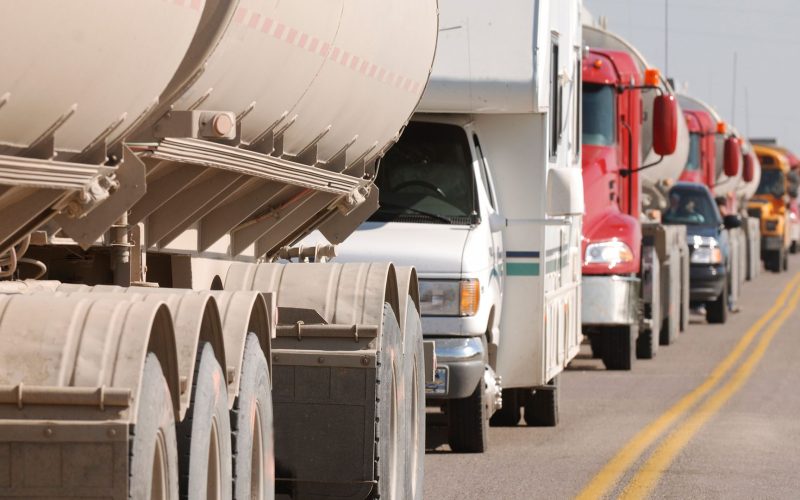THE VOICE FOR THE ENERGY CONSUMER

Earth Week is just around the corner and if you’re looking for ways to get involved and do your part on April 19-24, 2021, we’ve got an idea for you..

Every day, we are subjected to a new crisis by media and loud political voices. It can be wearisome and unbearable. They often channel Chicken Little, who exaggeratedly thought the.

We constantly hear that the rich are getting richer and the poor are getting poorer. So how does wealth inequality make you feel? For one thing, prices for basic items.

Supply chains have always been vital, fragile things. In 2020, Americans learned firsthand during the pandemic how complications and stresses on international supply chains hit home when supplies of toilet.

You’ve seen it written in headlines and out of the mouths of anti-energy activists. Stop Line 3 – without any sense or understanding of how our energy mix can, or.

Headlines everywhere were dominated by stories about the unprecedented Texas freeze this week. While the lights for many Texans are back on, more than 13 million still remain without access.

PITTSBURGH, PA — Consumer Energy Alliance (CEA), the leading energy and environmental advocate for families and businesses, expressed concern over Governor Tom Wolf’s severance tax proposal, announced during his recent.

Across the country, natural gas bans are being introduced that eliminate the ability of consumers to choose the fuel they want to cook and heat their homes. CEA’s Kaitlin Schmidtke.

Pipeline infrastructure continued to dominate the news cycle this week as lawmakers spared over amendments related to the Keystone XL pipeline during negotiations on the COVID-19 relief legislation. Meanwhile, a.

WASHINGTON – Consumer Energy Alliance (CEA), the leading voice for responsible energy and environmental policies for families and businesses, today expressed disappointment at the Bureau of Ocean Energy Management’s decision.